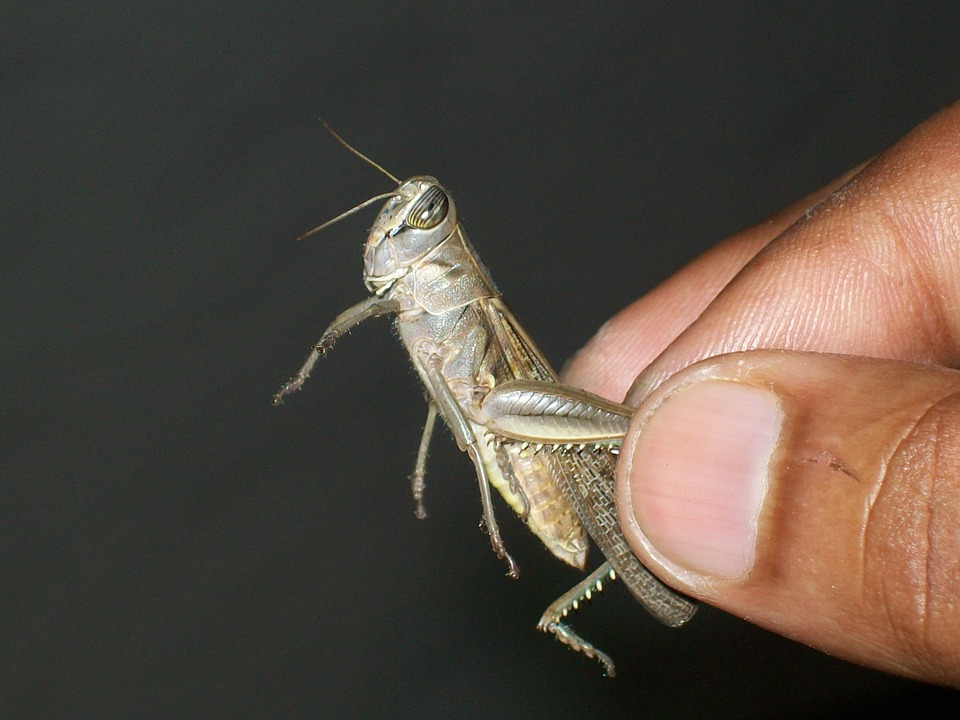Crickets: The Gateway Bug to Eating Insects
Fried, baked, stewed, or even milled into a protein powder to be used in your smoothie – Crickets are dubbed to be the new ‘superfood’ of 2016. From ancient quinoa grains sourced from Peru to the Amazonian acai berry found in Brazil – most superfoods are found in exotic locations, rather than on a leaf in your backyard. With the increasing need to feed more people and the intensified desire for more sustainable food options, could crickets be replacing our tradition-bound Christmas turkey this year?
 Whilst eating insects remains an oddity in the United States, Blueshift Research’s March 2015 Trend Tracker found that one-third of respondents were likely to buy an insect-based product. Moreover, insects are actually a consistent portion of the diet for more than two billion people around the world, according to a 2013 report from the Food and Agriculture Organization (FAO) of The United Nations. The report highlights the benefits of edible insects and how they can combat problems such as “the rising cost of animal protein, food and feed insecurity, environmental pressures, population growth and increasing demand for protein among the middle classes.”
Whilst eating insects remains an oddity in the United States, Blueshift Research’s March 2015 Trend Tracker found that one-third of respondents were likely to buy an insect-based product. Moreover, insects are actually a consistent portion of the diet for more than two billion people around the world, according to a 2013 report from the Food and Agriculture Organization (FAO) of The United Nations. The report highlights the benefits of edible insects and how they can combat problems such as “the rising cost of animal protein, food and feed insecurity, environmental pressures, population growth and increasing demand for protein among the middle classes.”
Furthermore, earlier this year the US Department of Agriculture (USDA) funded research into insect farming for human food, with the aim of discovering innovative ways to augment cricket growth while decreasing the price of raising them. Whilst the research is still be undertaken, previous studies reveal that crickets’ potential role in future diets is somewhat compelled by the fact that they need ten times less feed than cattle while producing a similar amount of protein and less fat. Further evidence reveals crickets contain as much calcium as milk and is high in vitamin D, B1, B2 and B6, as well as phosphorus, iron, calcium, zinc, copper and manganese.
In fact, in Houston, pan-sautéed grasshoppers are already on the menu at Hugo’s, whereas mini grasshoppers can be found at the Cuchara bistro at Fairview and Taft. Of course, crickets aren’t the only insect selection. The daring connoisseur can go online to buy chocolate-covered scorpions, superworms, silkworms, and more through U.S. distributors.
After all, the planet is expected to have nine billion people by 2050, thus growing enough food to feed everyone requires that we create more efficient and sustainable ways to produce food. Whether your preference is researching ways to increase cricket growth for human consumption or seeking to create new farming techniques for more traditional forms of protein – research such as this is important in an increasingly environmentally aware society. Research and development (R&D) can aid your company in remaining relevant in a progressively technological, innovative and competitive world. Moreover, if you are conducting eligible R&D activities, you may be able to claim generous tax savings back on your investment. Swanson Reed offers professional proficiency across a range of industries and has supported many clients achieve tax cash savings under the R&D tax credit regime. Contact one of our specialist R&D Tax consultants to find out more about the scheme and if you are eligible.
















